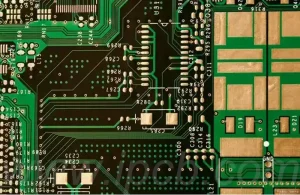
How to solder wire to pcb board
Soldering wire precisely and securely to a pcb board is a fundamental and critical skill in the assembly and repair of electronic equipment. Whether you’re a DIY enthusiast or a

Circuit Board Repair Tools
In circuit board repair, a DC regulated power supply is often needed to supply power to the circuit board in order to test the working condition of the circuit. There
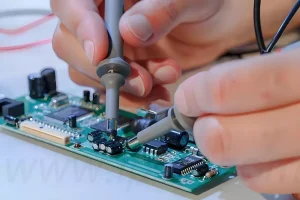
Printed Circuit Board Repair Tips
Printed circuit board repair, as an important part of the maintenance of electronic equipment, is vital to ensure the proper functioning of the equipment. It is important to understand the
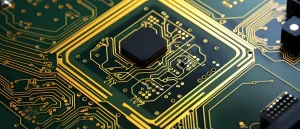
Applications and Challenges of BGA PCB Board
As electronic devices continue to develop towards miniaturization, high performance and low power consumption, BGA (Ball Grid Array) circuit board technology has gradually become an important part of modern electronic
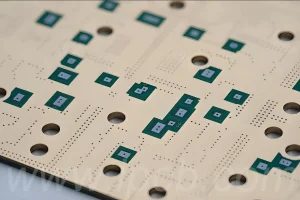
Why double sided ceramic pcb boards
Double sided ceramic pcb board, also known as double sided ceramic circuit board, is commonly found in many electronic products that are used on a daily basis. While single-sided ceramic
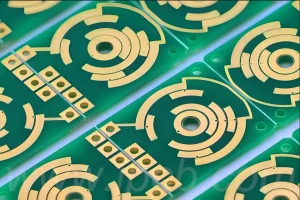
PCB Board Graphics Transfer and Plating Technology
The graphics transfer step in the double sided PCB board manufacturing process is a critical part of the process to accurately reproduce the designed circuit pattern onto the copper board.
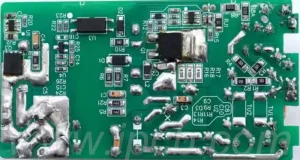
DCC adapter pcb board
DCC adapter pcb board is an important piece of equipment designed for model railway enthusiasts and professional engineers to enable conversion between digital control systems and analogue signals.These pcb boards
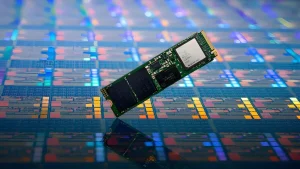
The Importance of Hard Disk Circuit Board
The hard disk circuit board is an important part of the hard disk and one of the core components for data storage and reading and writing. It connects the mechanical
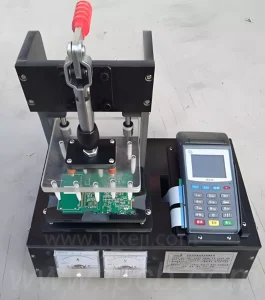
FR-4 fixture is the cornerstone of electronic testing
FR-4 fixture, its core material is FR-4 glass fibre board, which is a composite material with epoxy resin as the binder and electronic grade glass fibre cloth as the reinforcing

welding paste
Welding paste is a homogeneous mixture, a paste with a certain viscosity and good thixotropy, which is a mixture of alloy solder powder, paste flux and some additives. It is
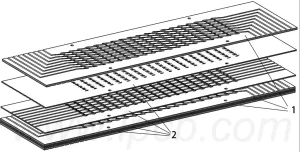
Printed Circuit Board Heat Exchanger
The Printed Circuit Board Heat Exchanger (PCB-HEX) is a highly efficient compact heat exchanger manufactured using printed circuit board technology, which is characterised by the fact that the metal wires
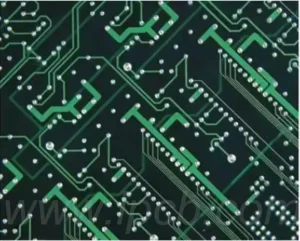
How much does a pcb board cost
While it is true that there are some generally applicable basic processes in the PCB board industry, it is even more critical to carefully select and determine the appropriate production
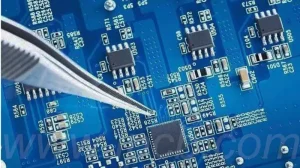
PCBA processing requirements for PCB boards
In the field of electronics manufacturing, PCBA chip processing constitutes a core link in the product manufacturing process, and plays a decisive role in the performance, stability and durability of

amplifier board
What is an amplifier board? As the name implies, an amplifier PCB is a circuit that can “amplify” a specific input signal. Amplification means obtaining an enhanced signal gain using
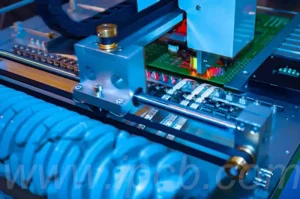
Double Sided PCB Soldering Tips
PCB soldering precautions1.EDA365 electronic community suggests that the first task after obtaining the PCB bare board is to carry out visual inspection to confirm that there are no short circuits,
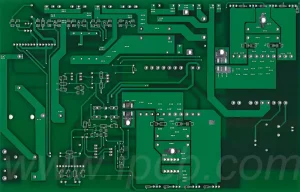
Double sided pcb board manufacturing process challenges
The production process for double sided pcb board consists of several stages, each of which may face a number of technical challenges.The following are some of the major challenges: Design
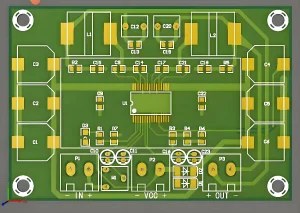
How to Wire PCB mono input jack
In the design of modern electronic products, audio input and output are very important, especially in the design of audio equipment. As part of the audio equipment, the mono input
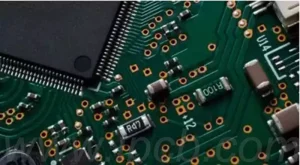
PCBA SMD preparation and processing considerations
PCBA chip processing is one of the core links in the manufacturing process of electronic products, which includes a number of stages from circuit design to product moulding. Each stage
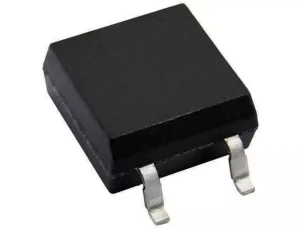
What does ctr stand for on a pcb
What does ctr stand for on a pcb? The current transfer ratio (CTR) is a critical parameter in electronic design and component selection, especially in optocouplers, where CTR not only
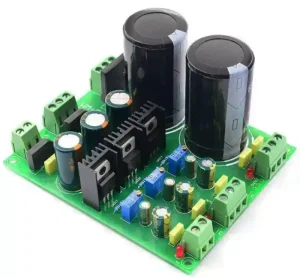
Can you use ac in a pcb
Can you use ac in a pcb? Circuit boards can use either AC or DC as a power source, depending on the design and purpose of the board. Some circuit
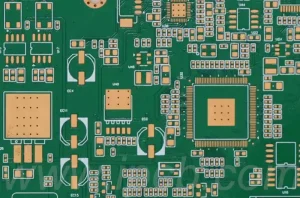
PCB pad types and their design guidelines
In PCB design,pads as a bridge connecting components and circuit boards, its type and design standards are critical. Different types of pcb pads are suitable for different components and application
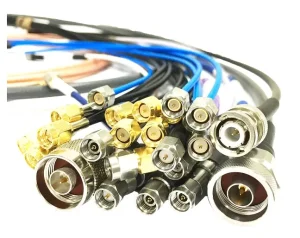
Is RF Assembly High Frequency or Low Frequency?
In modern communications and electronic technology, RF components play a vital role. However, many people still have doubts about the characteristics and operating frequency of RF components: Is RF assembly
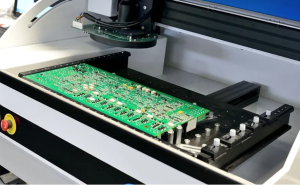
ate in pcba testing
Ate in pcba testing means testing the electrical conductivity and input-output values of the PCBA circuit board with mounted electronic components. In the design of the PCB circuit board, there
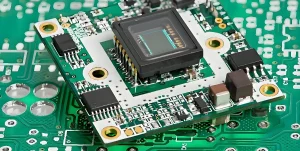
Key Insights into Circuit Card Assembly
In modern electronic devices, circuit card assembly are a core part that carries signal transmission, data processing and various control functions. Whether in smartphones, computers, or industrial automation equipment, circuit